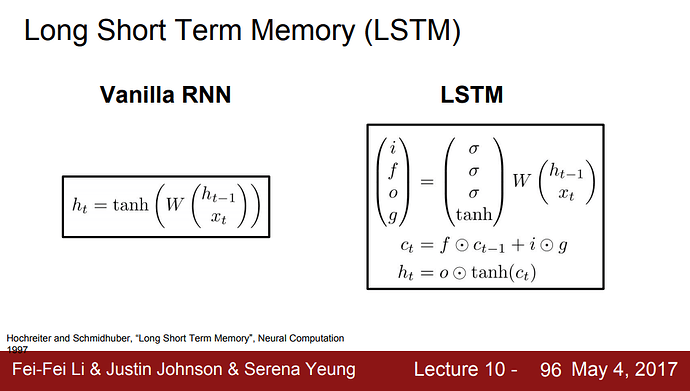Hi,
Updated - here’s a simple example of how I think you use pack_padded_sequence and pad_packed_sequence, but I don’t know if it’s the right way to use them?
import torch
import torch.nn as nn
from torch.autograd import Variable
batch_size = 3
max_length = 3
hidden_size = 2
n_layers =1
# container
batch_in = torch.zeros((batch_size, 1, max_length))
#data
vec_1 = torch.FloatTensor([[1, 2, 3]])
vec_2 = torch.FloatTensor([[1, 2, 0]])
vec_3 = torch.FloatTensor([[1, 0, 0]])
batch_in[0] = vec_1
batch_in[1] = vec_2
batch_in[2] = vec_3
batch_in = Variable(batch_in)
seq_lengths = [3,2,1] # list of integers holding information about the batch size at each sequence step
# pack it
pack = torch.nn.utils.rnn.pack_padded_sequence(batch_in, seq_lengths, batch_first=True)
>>> pack
PackedSequence(data=Variable containing:
1 2 3
1 2 0
1 0 0
[torch.FloatTensor of size 3x3]
, batch_sizes=[3])
# initialize
rnn = nn.RNN(max_length, hidden_size, n_layers, batch_first=True)
h0 = Variable(torch.randn(n_layers, batch_size, hidden_size))
#forward
out, _ = rnn(pack, h0)
# unpack
unpacked, unpacked_len = torch.nn.utils.rnn.pad_packed_sequence(out)
>>> unpacked
Variable containing:
(0 ,.,.) =
-0.7883 -0.7972
0.3367 -0.6102
0.1502 -0.4654
[torch.FloatTensor of size 1x3x2]
James @jekbradbury, Adam @apaszke, does this look right to you guys? Can you help with clarifying the docs?
Be nice to have more simple working examples in the docs? That was one of the real joys of using torch, it was almost as easy to use as numpy 
Thanks a lot for your help 


